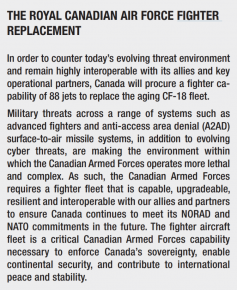That's total nonsense and totally arbitrary. Numerous commentors on this forum have made partisan derogatory comments about the current Prime Minister of Canada and you have not declared them partisan. Why? The statement that the current President is nearly irrelevant is just as attritutable to a Democrat as it is a Republican. The fact that I characterize the current President doesn't make me a Republican or partisan and it demonstrates your complete lack of sophistication to conclude that a criticism is automatically a partisan Republican one.Your comment about the current POTUS being irrelevant and the Republicans taking control of both Houses in the Mid Terms make it partisan. We have no tolerance for US political shenanigans spilling on to the Forum. FYI the Canadians and other non US posters are more aware of US politics that they sometimes would like to be. I am not penalising you this time, but making the point very clear. If you want to push it, the next encounter won't be so nice.
Further, your statement that "the next encounter won't be so nice" is quite childish and your threats don't intimidate me. I suggest you grow up.

